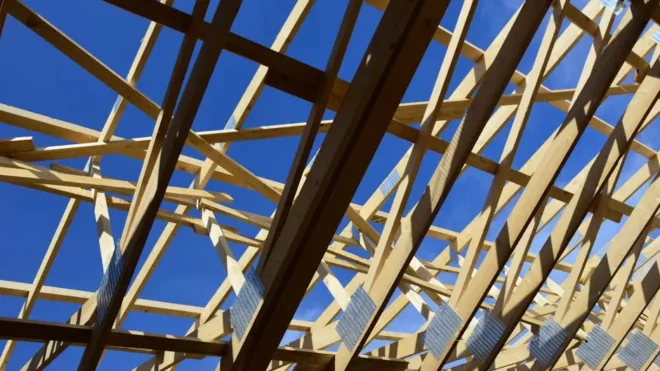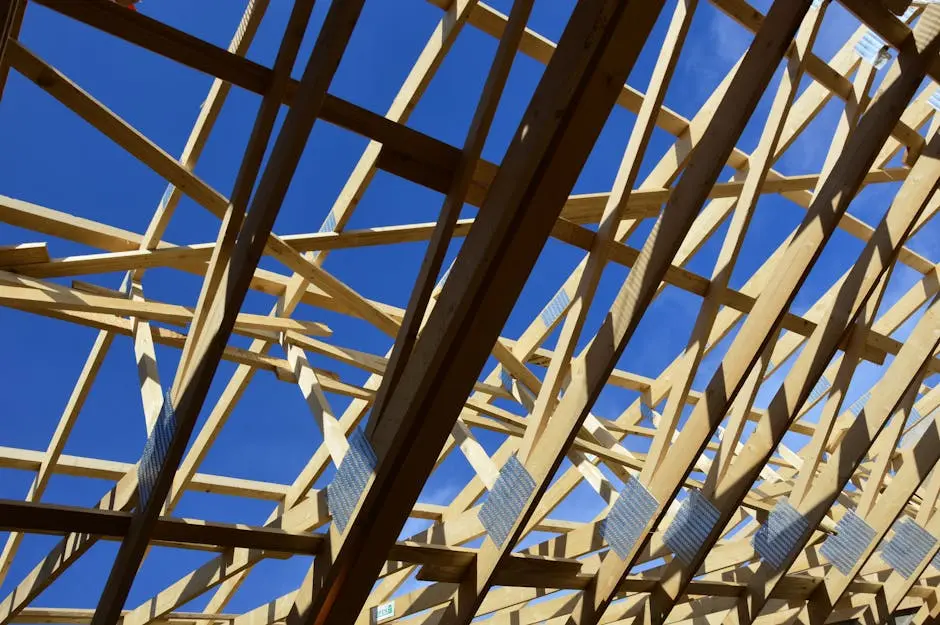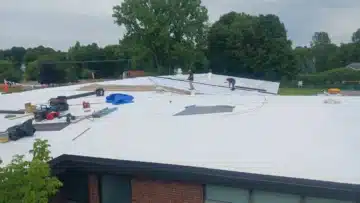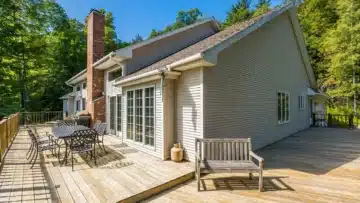Sustainable roofing systems have become increasingly popular as homeowners and builders alike look for eco-friendly alternatives to traditional roofing. In this blog post, we’ll explore the various aspects of sustainable roofing systems, including their environmental benefits, materials used, and how they can contribute to energy efficiency. Join us as we demystify this vital component of sustainable living.
What are Sustainable Roofing Systems?
Sustainable roofing systems refer to roofing solutions designed not only for durability but also to minimize their environmental impact. Typically employed in both residential and commercial structures, these systems are engineered using advanced technologies that allow for better energy efficiency and longevity.
At the heart of sustainable roofing is the concept of reducing waste and improving resource efficiency. This means that the materials chosen for construction and the methods used can substantially lower the carbon footprint. Furthermore, these roofs often incorporate features that promote energy savings.
For instance, many sustainable roofing systems use reflective materials which help to keep buildings cooler, thereby reducing the need for excessive air conditioning during hot weather. This not only saves energy but also leads to lower utility bills, making sustainable roofing a viable option for cost-conscious homeowners.
The Environmental Benefits of Sustainable Roofing
One of the most notable advantages of sustainable roofing is its potential to reduce environmental harm. When we consider the lifecycle of traditional roofing materials, such as asphalt shingles, we see a pattern of waste and resource consumption. Unlike these conventional options, sustainable roofing systems are often made from recycled or renewable materials which significantly cuts down on landfill waste.
Additionally, sustainable roofs can contribute positively to biodiversity. Green roofs, in particular, provide habitats for birds and insects, thereby helping to restore local ecosystems that are often disrupted by urban development. These living roofs can also help manage stormwater, reducing the risk of floods and protecting water quality.
Furthermore, by employing sustainable roofing techniques, buildings can absorb and filter pollutants from the atmosphere, ultimately leading to improved air quality in urban areas. This remarkable benefit highlights how our choices in roofing can have a wider impact on community health and sustainability.
Materials Used in Sustainable Roofing Systems
When it comes to sustainable roofing materials, the options are diverse and compelling. Recycled metals, such as aluminum and steel, are excellent choices because they not only provide durability but also utilize materials that would otherwise occupy landfill space. The lifecycle of these metals is significantly extended when repurposed, making them an environmentally friendly option.
Another popular material is reclaimed wood, which not only adds aesthetic charm to a home but minimizes the need for new lumber. By sourcing wood from deconstructed buildings, homeowners can benefit from unique character and sustainability. Additionally, these materials often blend seamlessly with natural landscapes.
Lastly, there are innovative materials like cool roofs made with special coatings that reflect sunlight, helping to keep buildings cooler. This can drastically reduce energy consumption. Combining such materials enhances the performance of a sustainable roofing system, creating roofs that are not just eco-friendly but also efficient in energy management.
Energy Efficiency and Cost Savings
Sustainable roofing systems offer remarkable energy efficiency, and the impact on cost savings can be substantial. By using reflective coatings and materials that provide superior insulation, these roofs contribute to natural temperature regulation within homes, leading to reduced energy use for heating and cooling.
Furthermore, many local governments offer incentives for homeowners who choose to install sustainable roofing systems. These rebates can offset initial installation costs, providing a financial incentive to make environmentally conscious choices. Over time, energy bill savings can lead to cost recovery for the investment made.
It’s important to note that sustainability does not have to compromise style. With a variety of materials and designs available, homeowners can achieve aesthetic appeal without sacrificing performance. Therefore, opting for sustainable roofing is not just about saving money; it’s about making a wise investment in the future of our planet.
Maintenance Tips for Sustainable Roofs
Maintaining a sustainable roofing system requires a mindful approach, but it’s simpler than one might think. Regular inspections play a crucial role in identifying potential issues before they escalate. Homeowners should aim to check their roofs at least twice a year, looking for damage or any accumulated debris that could impede water drainage.
Cleaning is equally important and varies depending on the roofing system. For instance, green roofs may require occasional weeding to maintain plant health, while homes with metal roofing should be inspected for rust or scratches that could compromise durability. Creating a maintenance schedule can help homeowners stay on track.
Additionally, consulting with professionals is a good practice when dealing with extensive maintenance work. They can offer specialized care that ensures the longevity and effectiveness of a sustainable roofing system. By prioritizing these maintenance tips, homeowners can enjoy the full benefits of their eco-friendly roofs.
Real-Life Examples of Sustainable Roofing
Many urban areas have decided to invest in sustainable roofing systems to create greener cityscapes. A notable example is the San Francisco City Hall, which underwent a significant transformation with a green roof that not only provides insulation but acts as a community gathering space. This project showcases how sustainable roofs can offer utility beyond their environmental benefits.
Another inspiring case is the Bosco Verticale, or Vertical Forest, in Milan, Italy. This innovative high-rise building features apartments draped in trees and plants, effectively integrating nature into urban living. Such projects illustrate the possibilities of sustainable roofing beyond conventional limits and create a dialogue around corrective measures for urban heat.
These examples reflect a growing trend wherein cities are adopting sustainable roofing techniques as part of their commitment to environmental sustainability. By following these pioneers, homeowners can feel empowered to make eco-friendly choices that nurture our planet.
The Path Forward with Sustainable Roofing
Sustainable roofing systems are not just a trend; they represent a significant shift toward eco-conscious building practices that benefit both the environment and homeowners. By understanding the materials, benefits, and maintenance of these systems, we can make informed choices for our homes and the planet. Embracing sustainable roofing solutions is a step in the right direction for a greener future.




